-
General Information
Education in Italy is divided into four stages and is compulsory from the age of 6 to 16. The stages are:
kindergarten (scuola dell’infanzia)
primary school (scuola primaria or scuola elementare)
lower secondary school (scuola secondaria di primo grado or scuola media)
upper secondary school (scuola secondaria di secondo grado or scuola superiore)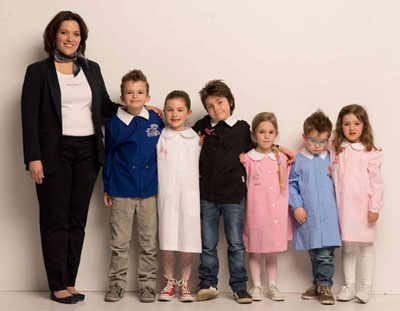
-
Asilo (Kindergarten)
Between the ages of three to six, children can attend nursery school. This is not compulsory, however most Italian families do send their kids “all’asilo”.
Here children socialise and in class they learn to recognise letters and numbers, using songs and games like we do at Bravissimi. Each class is looked after by two teachers.
Scuola Primaria (Primary School)
In Italy primary school, also known as “scuola elementare”, lasts five years. All students receive the same curriculum which comprises basic education in Italian, English, mathematics, natural sciences, history, geography, social studies, physical education, visual and musical arts.
Each class will have three main teachers. There is also an English language teacher and children work with them across several classes.
Scuola secondaria (Secondary school)
In Italy Secondary School lasts 8 years and is comprised of Lower Secondary School “Scuola secondaria di primo grado” and Upper Secondary School “Scuola secondaria di secondo grado”. More commonly they are referred to as “Scuola media” (lower school) and “Scuola superior” (upper school).
Lower secondary school lasts three years and follows primary school, students are mostly between the ages of 11 to 14 at this time. Upper secondary school lasts five years and students are usually aged from 14 – 19.
There are three types of Upper secondary schools:
Liceo (lyceum) – In a “Liceo” students receive a mostly theoretical education with more attention paid to humanities, science and art over more practical subjects. The common subjects taught at a Liceo include Italian literature, history and mathematics. In a specialised Liceo students may learn subjects such as Ancient Greek in the Liceo Classico and Scenography in the Liceo Artistico.
Istituto tecnico – In a “Tecnico” students are offered both a theoretical education and are allowed to specialise in a particular field of studies (for example technology, law, humanities, economy)
Istituto professionale – This is a vocational school where students prepare for specific trade careers. At some schools students are offered a diploma after 3 years instead of 5.
Secondary schools that run over 4 to 5 years grant students access to the final exam called “esame di maturità” or “esame di stato”. The exam takes place between June and July and is required for any student seeking admission to university
-
A BIT MORE…
School’s break for Christmas (Vacanze di Natale or vacanze Natalizie) and Easter (Vacanze di Pasqua or vacanze Pasquali). The majority of holidays are concentrated in the summer (Vacanze Estive), and on national holidays Schools are closed.
A school year is divided into two seperate terms or “quadrimestri”. The first term starts in September and runs until mid January. The second term starts in the middle of January and finishes at the start of June.
Once a term ends students receive their report card or “pagella”. Grades vary from 10 (excellent) to 1 (impossible to assess), with a pass being 6.
The School Week
Schools in Italy run classes Monday to Saturday, beginning in the morning at 8.00am/8.30am and lasting around 5 hours. Recently more schools are introducing what is called “settimana corta” (literally short week), where students attend for more than five hours Monday to Friday and have Saturday free.
School Uniforms
Students are not required to where uniforms in Italian schools. The only exception is for children in kindergarten or primary school who wear a “grembiule” or school smock. Boys at the “asilo” usually wear a blue and white checked grembiule, while girls wear a pink/red and white checked one. In Primary schools, the colour of the smock is deep blue.
“Lo zaino scolastico” – The school bag
At kindergarten young children need just a small bag with a bottle of water and tissues. After kindergarten students need a school kit which includes a School Bag, Notebooks, Textbooks and Stationery.
Italian school bags are quite big and still can be too small. When students return home in the afternoon, there is a big focus on their homework and so they carry books back and forth with them every day. Some children even use a trolley or “zaino scolastico con le ruote”.
Textbooks
For kids’ textbooks booking is essential in a bookshop which should have a list of approved texts from his/her teachers. It is advisable to book them in early summer, so that you will have them ready to be collected in September.
Stationery and Notebooks
In primary school, student parents buy the essential and wait for the teacher to explain what the kids need. First and second year notebooks are ruled in a special way, so are the ones for the third year. Moreover, many teachers prefer children on the first year of primary school to use erasable pens.
Il Diario
The school planner or “diario” is used for students to write down their homework but it is also used to exchange messages, poems, pictures and jokes with friends. You can purchase a “diario” in various colours and sizes, available are designs featuring One Direction, Winnie the Pooh, Disney Princesses and more.
Corsivo – Cursive
Unlike most Western countries, in Italy children are still taught to write in cursive or “corsivo”, which you may also know as script or longhand writing.
The issue of teaching cursive in the curricula is hotly debated by teachers in Italy, in the meantime students are taught both “Corsivo” and “Stampatello” or print writing.
Ricreazione – Mid-Morning Break
The best time of day for many students is “ricreazione”. This is a small 10 or 15 minutes break held usually between 10.30 and 11.30. Students are allowed to eat something, play and chat.
At kindergarten and primary school, children will usually have a small box of food and drink made by their parents. At high school it is more common for students to visit local vendors to purchase food and drinks.
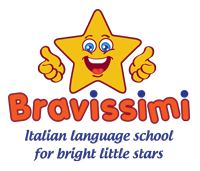
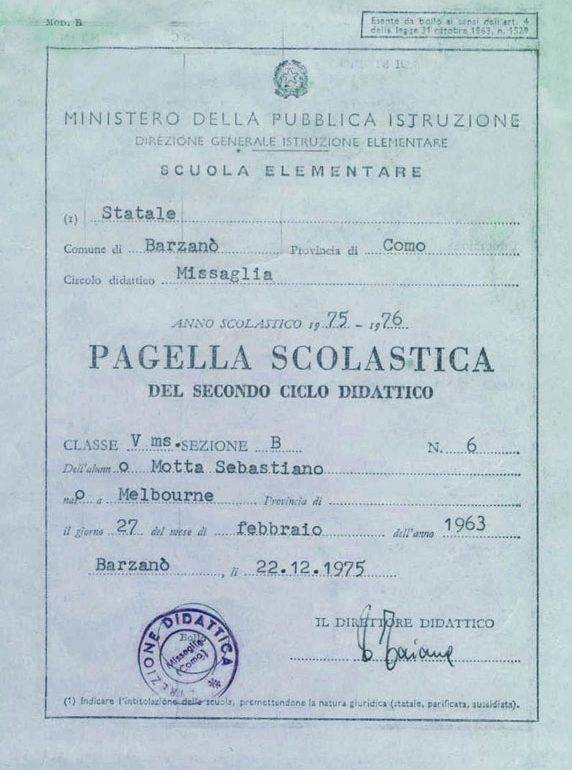
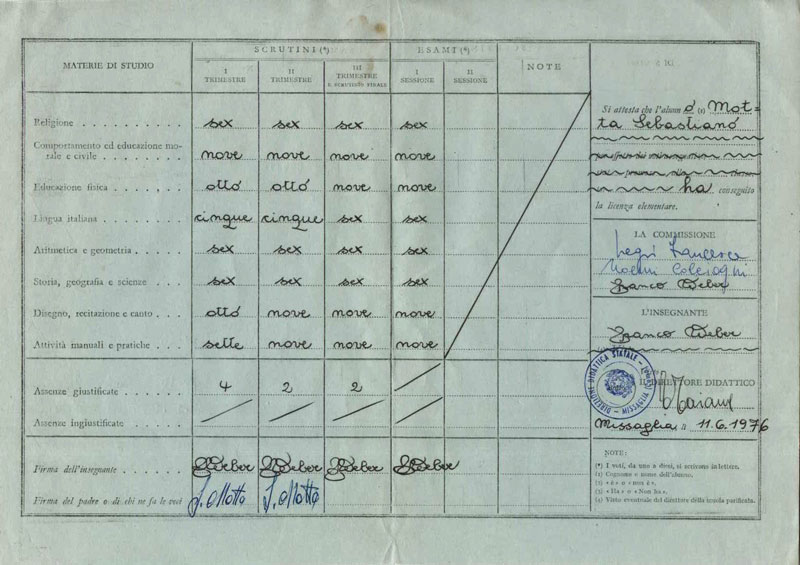
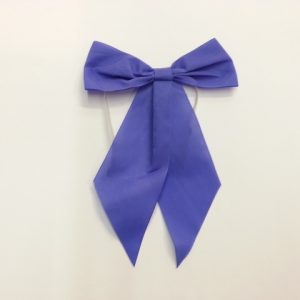
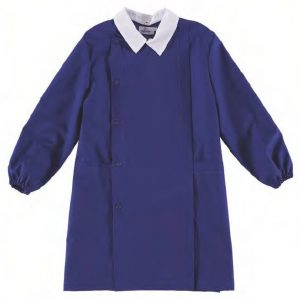
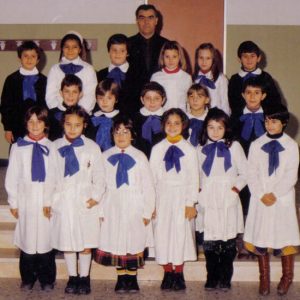
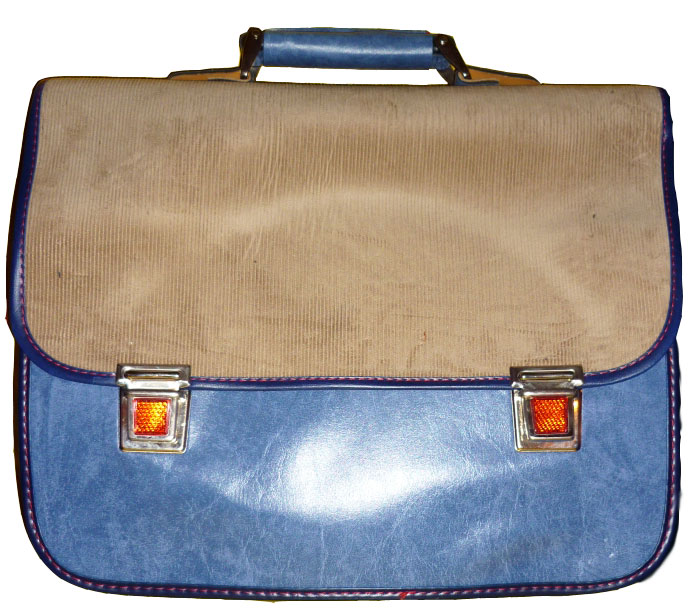
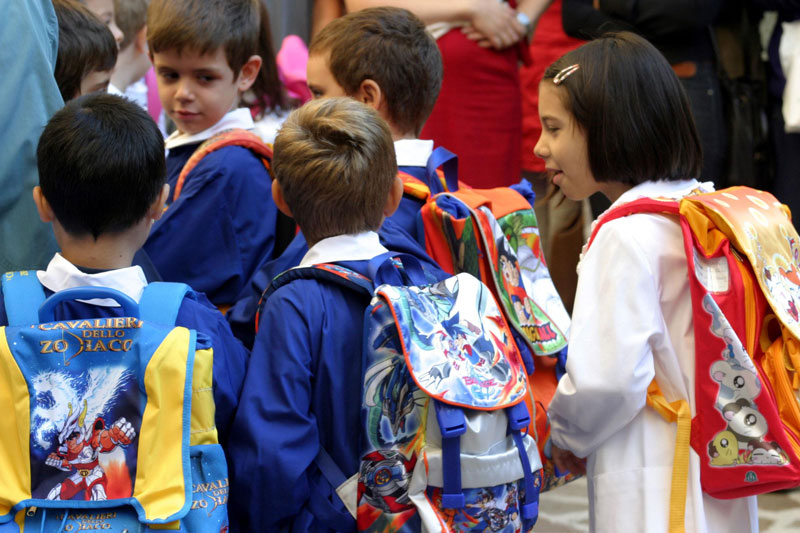


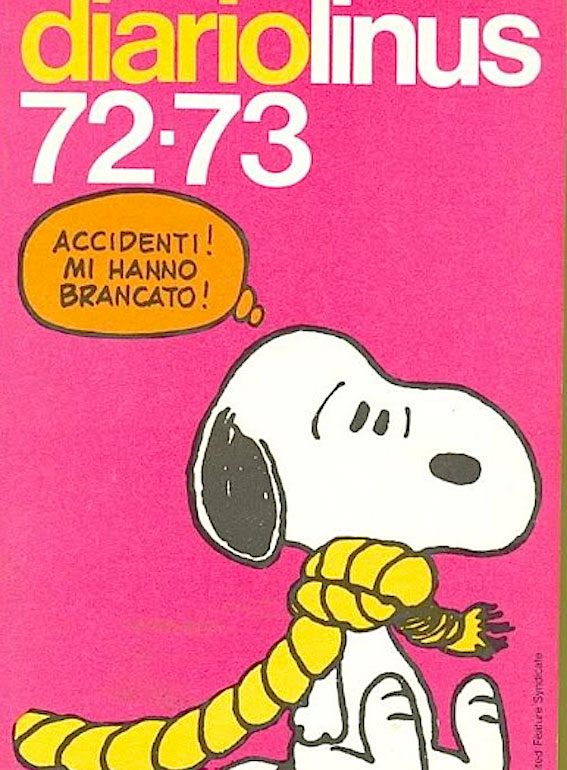


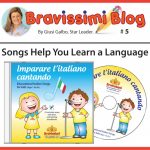
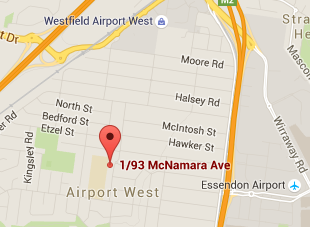 Bravissimi head office:
1 / 93 McNamara Avenue
Airport West VIC 3042
CALL: (03) 9338 0831
EMAIL: ciao@bravissimi.com.au
Bravissimi head office:
1 / 93 McNamara Avenue
Airport West VIC 3042
CALL: (03) 9338 0831
EMAIL: ciao@bravissimi.com.au